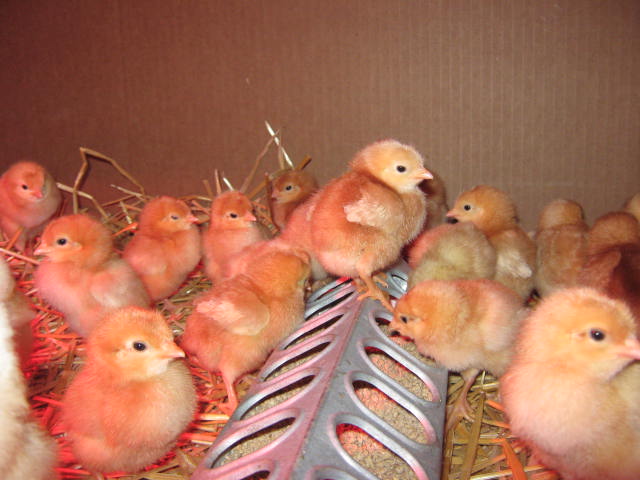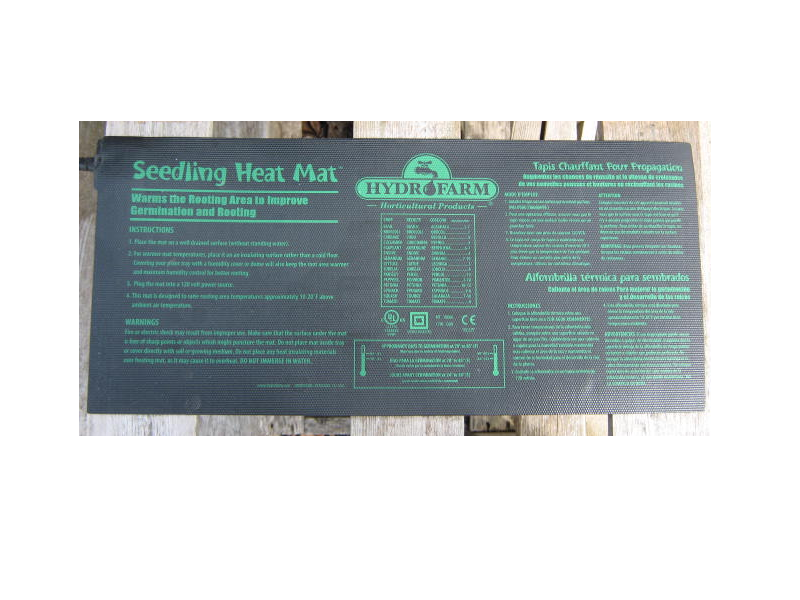The big news around here is the arrival of our new day-old chicks. I have fifty baby chicks to keep warm and look after, much like a mother hen except I use a heat lamp instead of cuddling up with them.
They were shipped from the hatchery by the United States Postal Service to our local Post Office. The Post Master called me to let me know they were ready for me to pick up. This is a unique service that the Post Office provides. UPS, FedEx and other shipping companies don’t ship chicks. It’s one more reason, in my opinion, to support our Postal Service and not let it be disassembled by outside competitors.

Even at 24 hours old, chicks eat, drink, run and scratch without needing to be taught by a mother hen.
This latest group of new arrivals will be replacing our flock of old hens. The old gals are not laying enough eggs to pay for the feed they eat, even when they are able to forage out in the yard. So, it’s time for them to move on to the next stage of chicken farming — meat.
Old hens don’t make very good fried or roasted chicken, they are just too tough and scrawny. They do however, make the most delicious chicken broth you have ever tasted.
My old joke is: “I have discovered a fast and easier way to make homemade chicken soup. Instead of butchering one chicken at a time when you start your soup, butcher several at a time and put them in the freezer. Then, take one out of the freezer the next time you make soup.”
I tell that joke every time I pull a hen out of the freezer and it always gets the same response from whoever hears it — silence followed by a quizzical look.
I’ll keep the old hens around until the newcomers begin laying, about 18 weeks from now.
Bob


